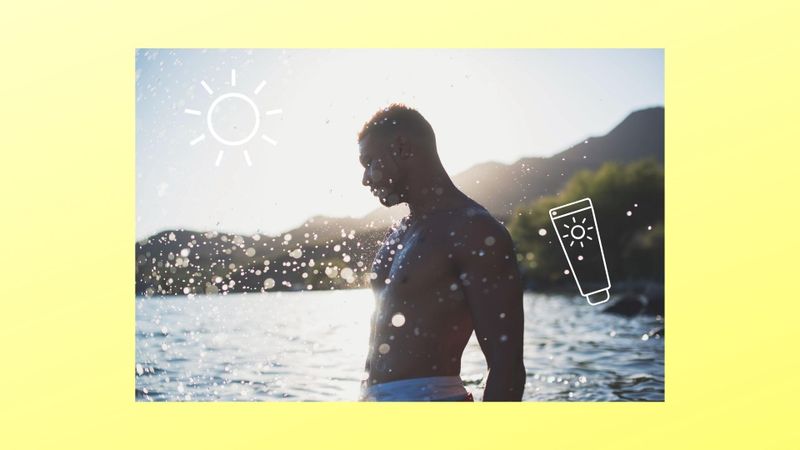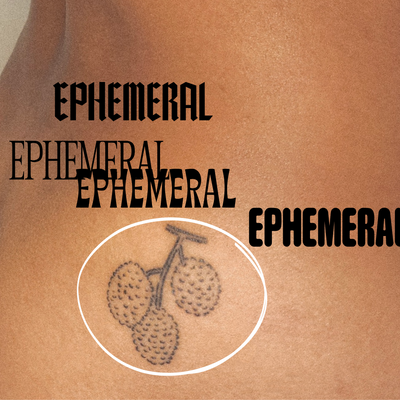The importance of wearing sunscreen is the first lesson they teach you in skincare 101.
You can experiment with different types of serums and maybe incorporate a retinol into your routine if you’re feeling fancy, but sunscreen is a MUST – every day, winter or summer, rain or shine.
SEE ALSO: 16 best sunscreens for your face and body 2020
There are two types of sunscreen: mineral, which works by sitting on top of the skin to deflect damaging UV rays, and chemical, which works by absorbing UV rays as they attempt to enter the skin. Dermatologists preach that one isn’t better than the other and that the best sunscreen is the one you use again and again. However, a new study released by the Food and Drug Administration (the government agency tasked with regulating the beauty industry) called into question the safety of chemical sunscreen.
Chemical sunscreen studies and safety
A study of common chemical sunscreen ingredients (avobenzone, oxybenzone, octocrylene, homosalate, octisalate, and octinoxate) found that those chemicals are absorbed into the bloodstream at concentrations far greater than the FDA deems safe.
How does the FDA determine ingredient safety? If active ingredients are found in the blood at a level of 0.5 nanograms per milliliter or higher, the FDA is supposed to take action and do further analysis to determine whether those ingredients pose a serious health risk, and can be linked to an increase in cancer, birth defects or other adverse effects.
Here’s the bombshell: the study revealed that the maximum concentration of the six chemicals they examined ranged from 3.3 nanograms per milliliter to 258.1, depending on the chemical and whether it was applied to the skin in the form of a lotion or spray.
The clinical trial involved 48 people testing four different types of chemical sunscreen. Researchers collected 34 blood samples over 21 days from each participant and found that concentrations of the active ingredients increased after each day of application. This suggests those chemicals had accumulated in the bloodstream.
After seven days, all of the ingredients remained in the participants’ system at a rate above the recommended amount set by the FDA. After 21 days, two ingredients—homosalate and oxybenzone—remained above that threshold.
This groundbreaking study completely upends what we thought we knew about sunscreen safety. Chemical and mineral sunscreens are NOT one in the same. The alarming results call for immediate action from the FDA to further test these ingredients and potentially pull them from the market if it’s determined that these chemicals are harmful. Regardless, it’s incredibly concerning that these chemicals are lingering in the body at such high amounts.
This isn’t the first time FDA studies have exposed potential health risks. A separate 2020 study indicated a possible association between common chemical sunscreen ingredients and things like endocrine disruption and reproductive harm, but also claimed that no comprehensive safety data were available.
The FDA’s response
With summer in full swing and chemical sunscreen flying off the shelves, you would think the FDA would jump on it and test these ingredients ASAP. However, when President Trump signed the Coronavirus Aid, Relief and Economic Security Act into law, it essentially put a pause on the FDA’s ability to test ingredient safety in over-the-counter drugs, which includes sunscreens. The act upheld a sunscreen rule put in place over 20 years ago in 1999, which stated that active ingredients currently on the market are safe and effective.
The FDA has to wait until September 27, 2021 to propose a revised sunscreen order, and implementing those guidelines might take even longer.
“There will be no deadline for FDA to issue a final order, but if and when such an order is issued, it may not take effect for at least one year after the proposed administrative order,” a spokeswoman for the Personal Care Products Council, a national trade association, told The Wall Street Journal.
The FDA cautions that the results of these studies don’t mean you should stop wearing sunscreen altogether. Sunscreen is still vital for protecting individuals from skin cancer and other harmful effects from UVA and UVB rays, including sun spots, melasma, and wrinkles.
Chemical vs. mineral sunscreen
So is it time to retire chemical sunscreen in favor of mineral? If you have underlying health conditions, or if the thought of all those chemicals floating around in your body just plain freaks you out, possibly. Chemical sunscreens have traditionally been more popular in skincare retailers like Sephora and Ulta because they’re often more translucent than mineral sunscreen, which can leave a chalky white residue on the skin. Darker skin types tend to avoid using mineral sunscreen for this reason, which puts BIPOC individuals at significant risk for increased levels of these chemicals in their bodies.
Mineral sunscreen recommendations
I know what you’re thinking, but trust me, mineral sunscreen doesn’t have to suck. Just because Mark Zuckerburg looked like he was auditioning for the role of the Joker while surfing in Hawaii last week doesn’t mean you have to.
Murad’s City Skin Age Defense Broad Spectrum SPF 50 has a peach tint to it, which doesn’t show up on your skin but does counteract that awful white cast that typically comes with a 100% mineral sunscreen. Tennis superstar Venus Williams partnered with Credo Beauty to create the perfect mineral SPF. Her On-The-Defense Sunscreen SPF 30 leaves a semi-matte, non-chalky finish.
(Photo by Nathan McBride on Unsplash)






